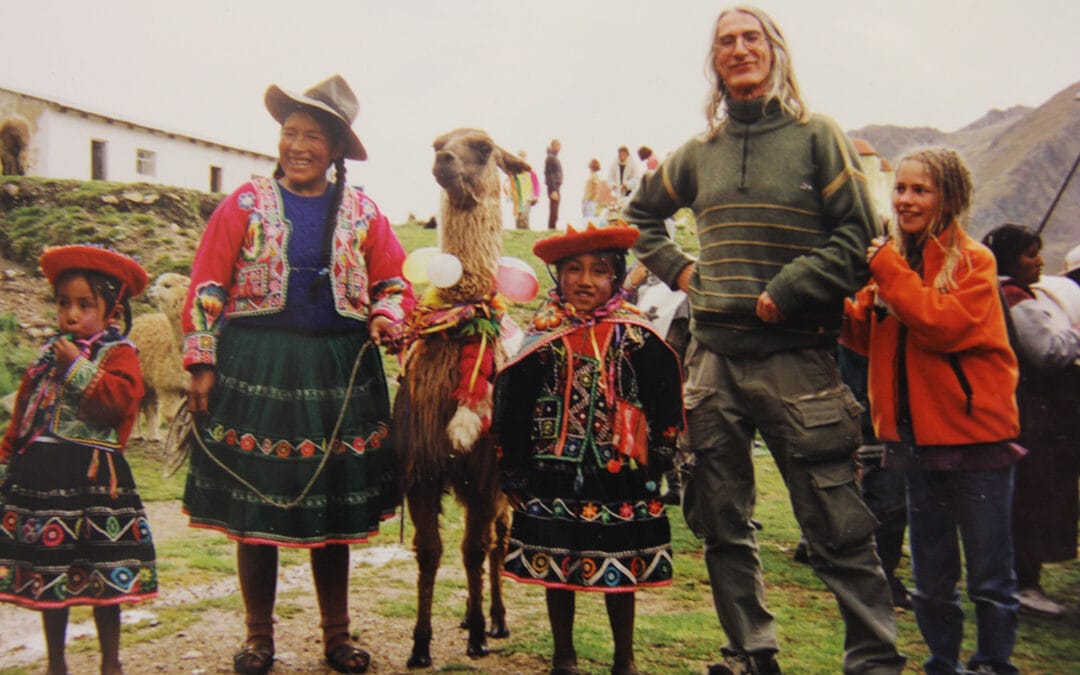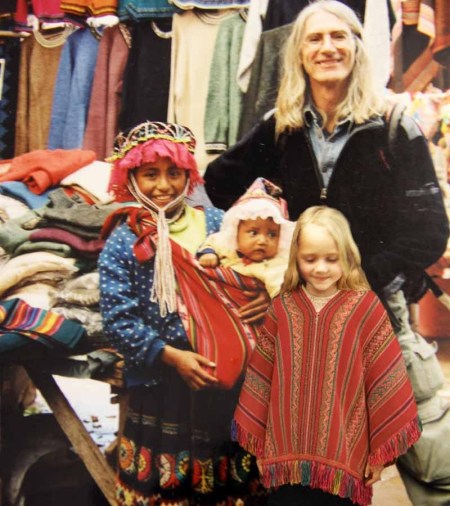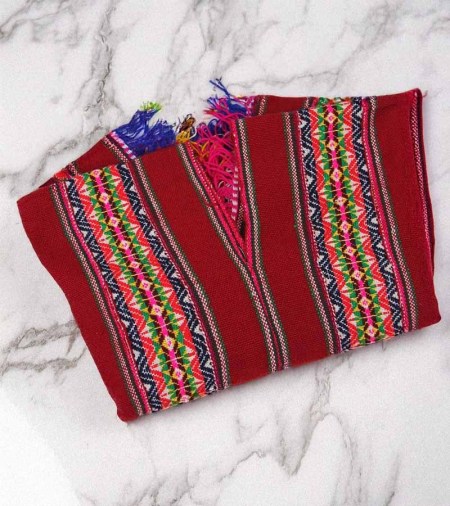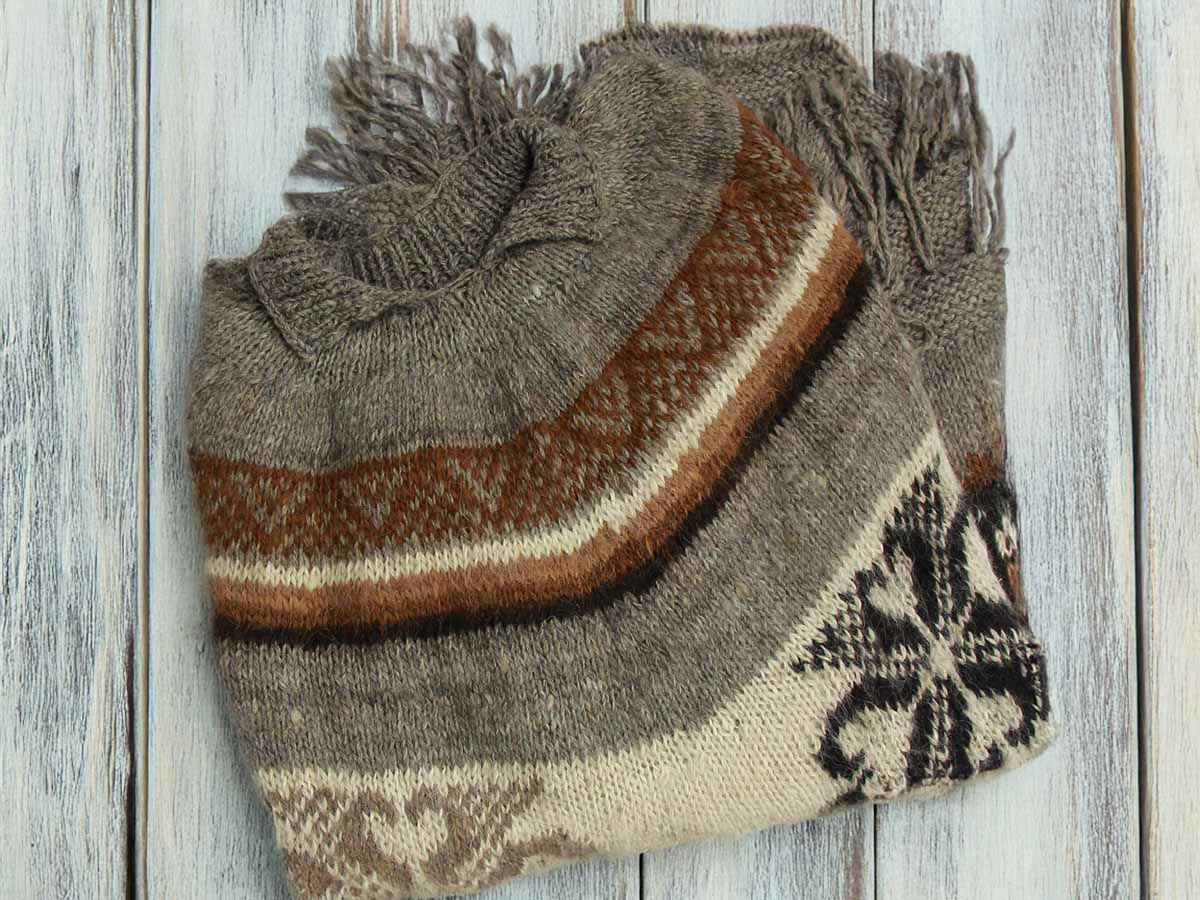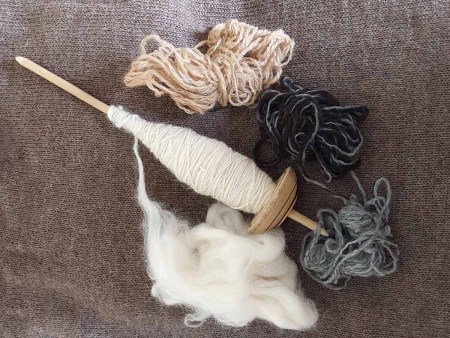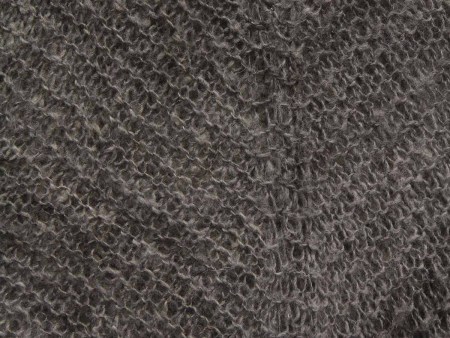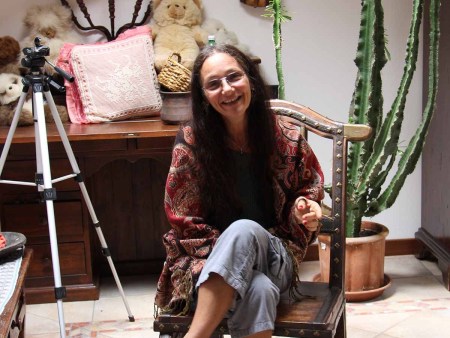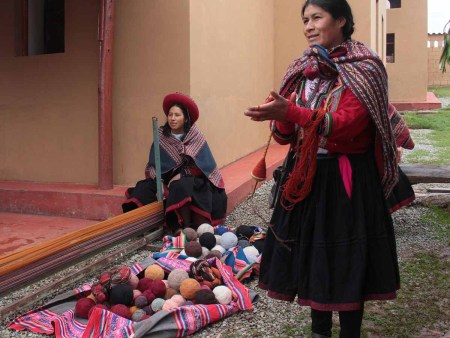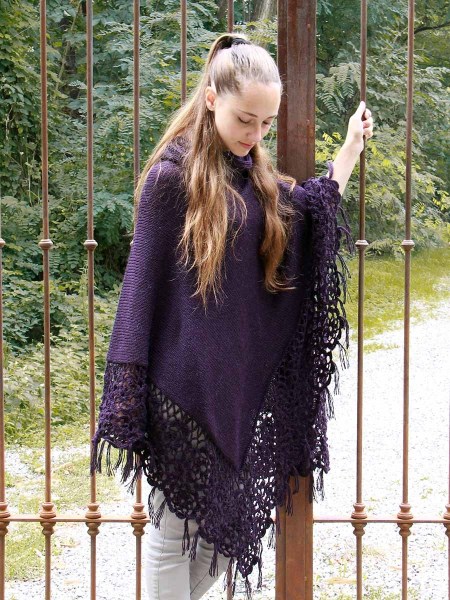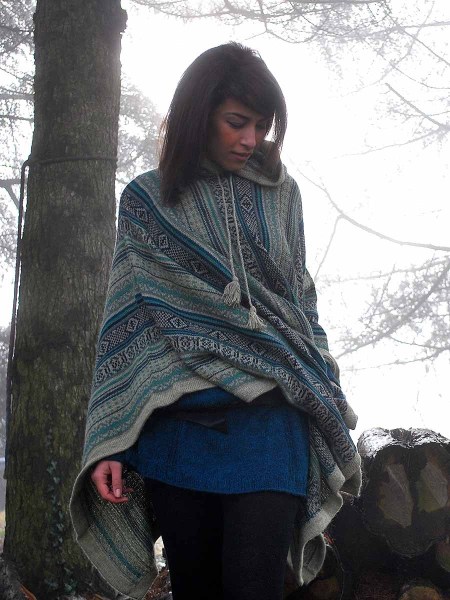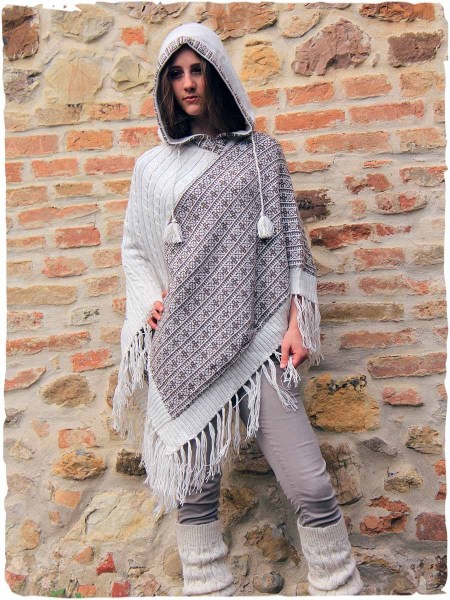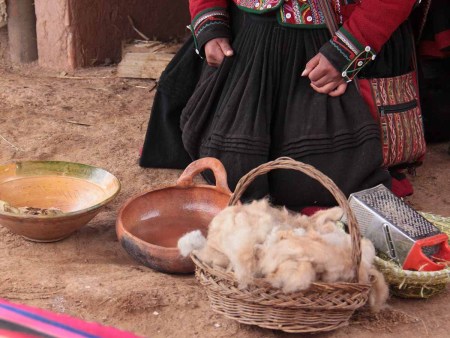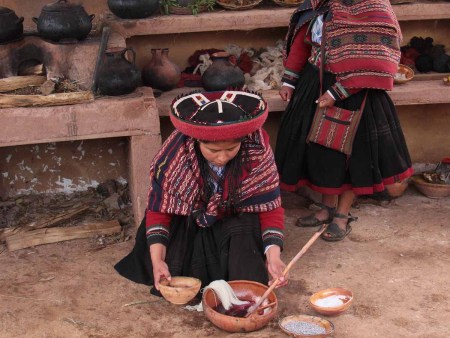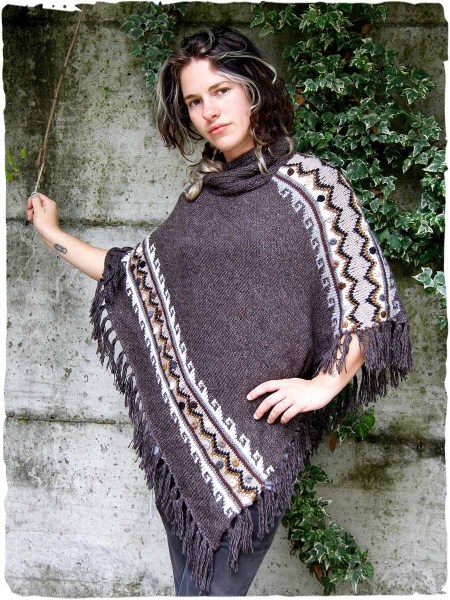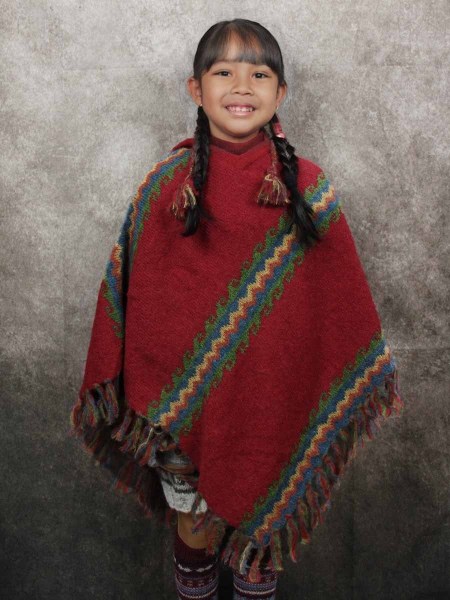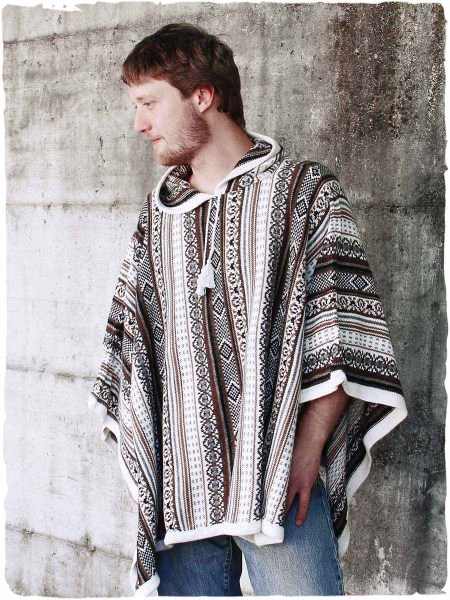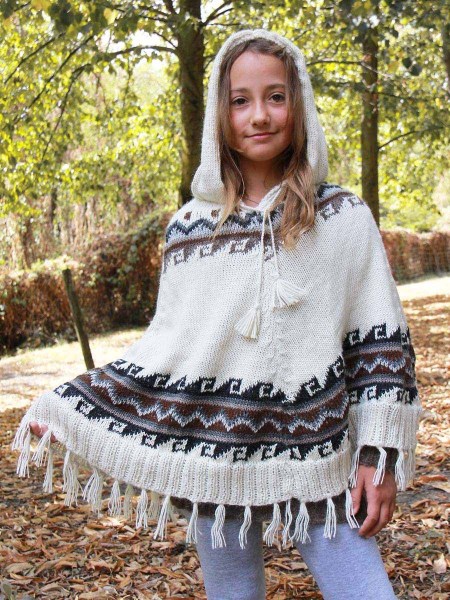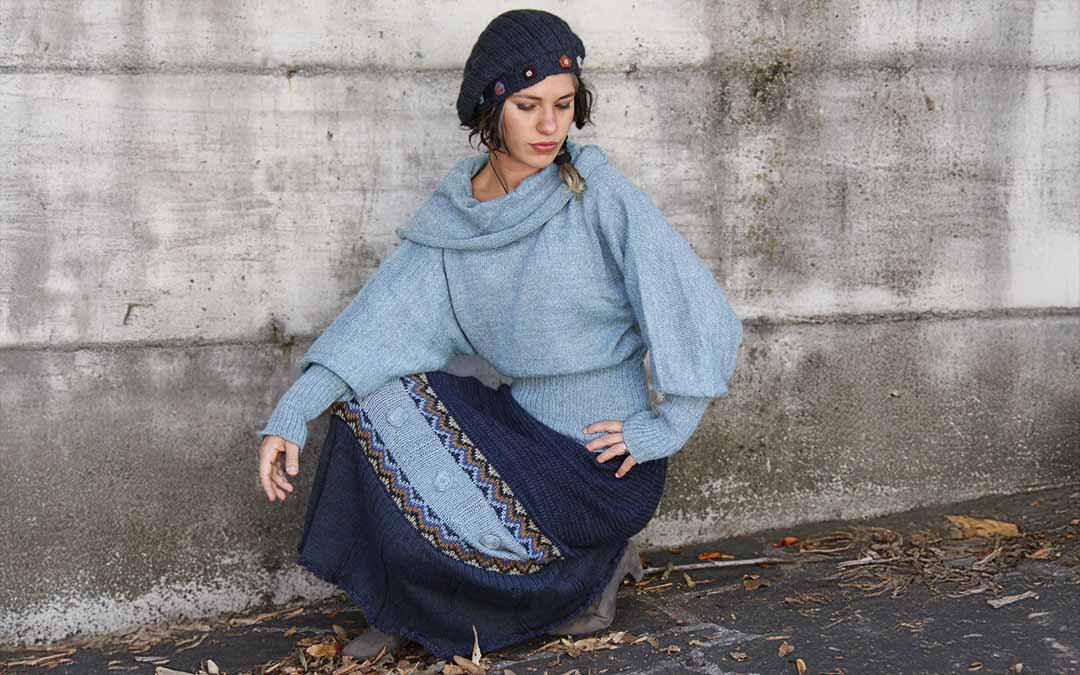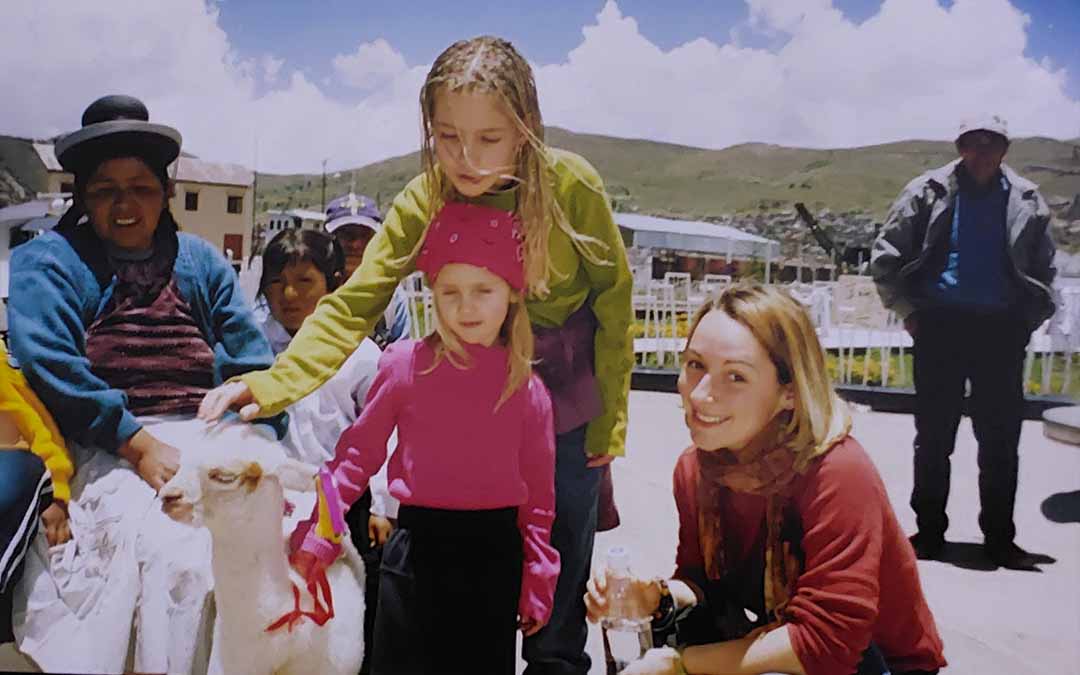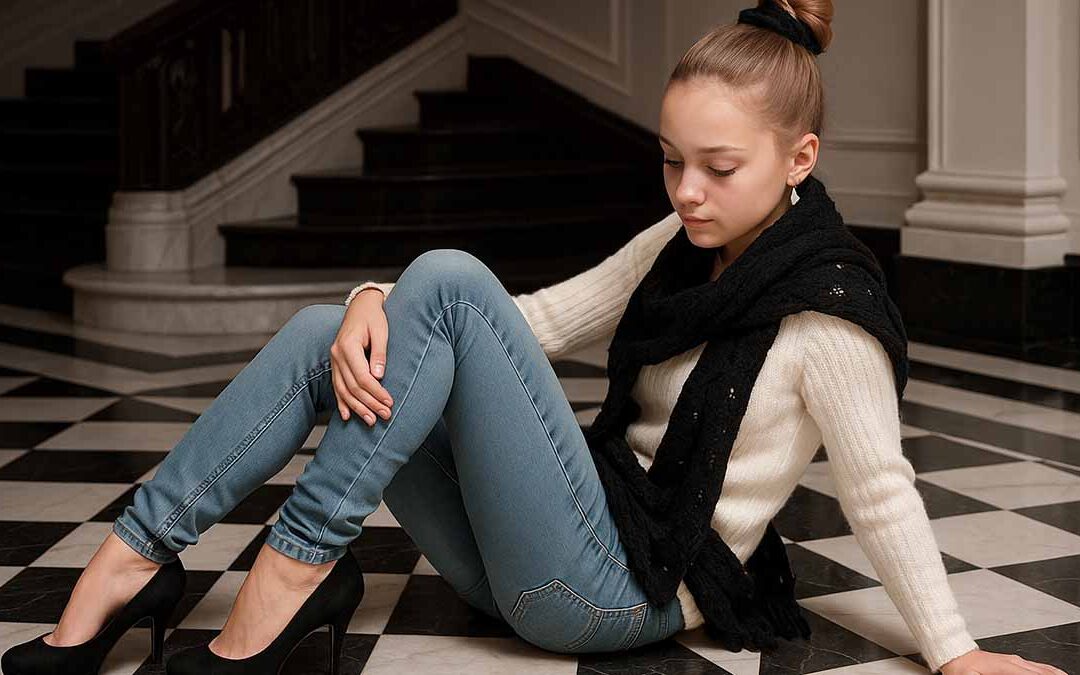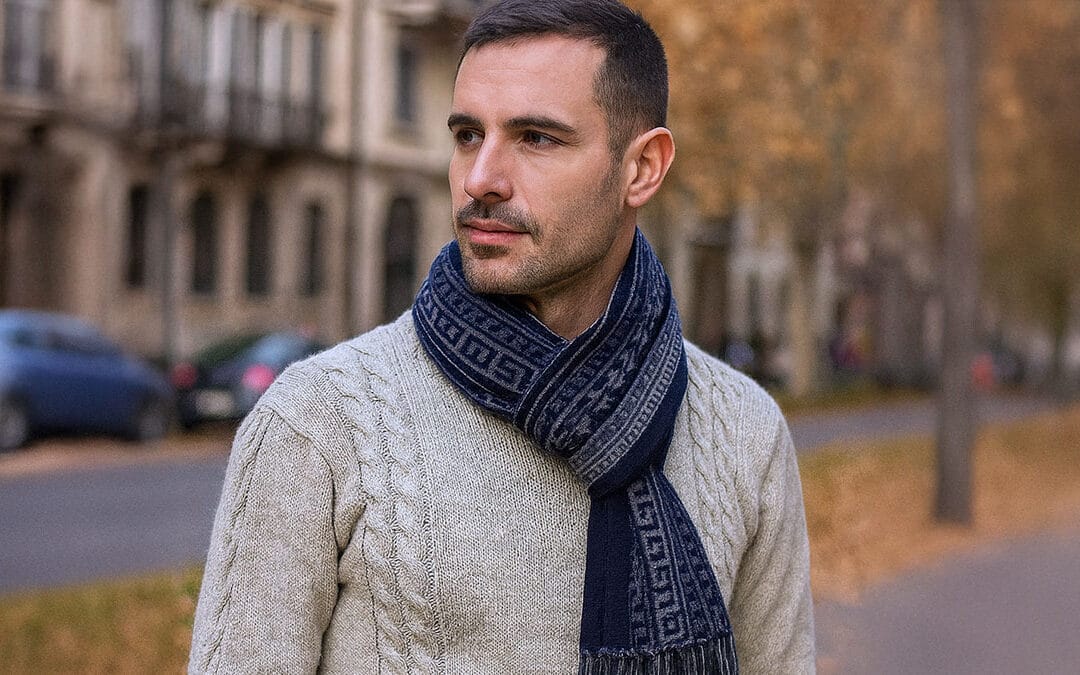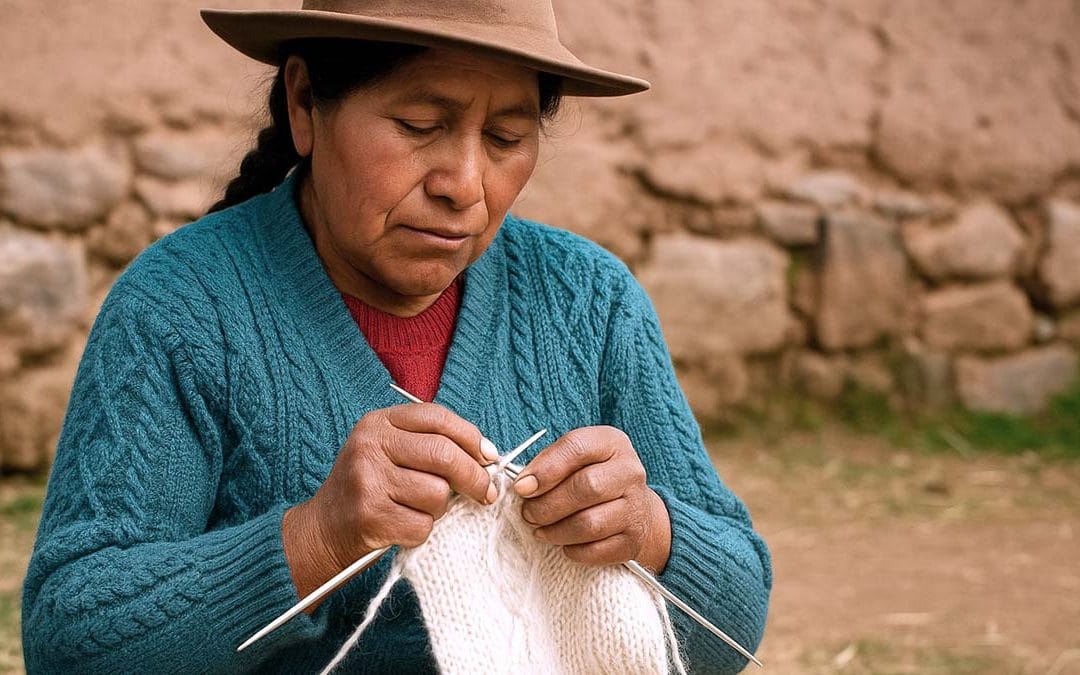Fashion comes and goes, but the poncho remains a must-have!
The poncho is a garment that doesn’t belong to fashion. Fashion comes and goes, but the poncho remains! If you ask me why, I simply answer: “The poncho belongs to history; shepherds and farmers wore it, and that’s where fashion found it.” The poncho originated where the wind cuts through the mountains and the silence is filled with the sound of work and the scent of soup heated over a wood fire.
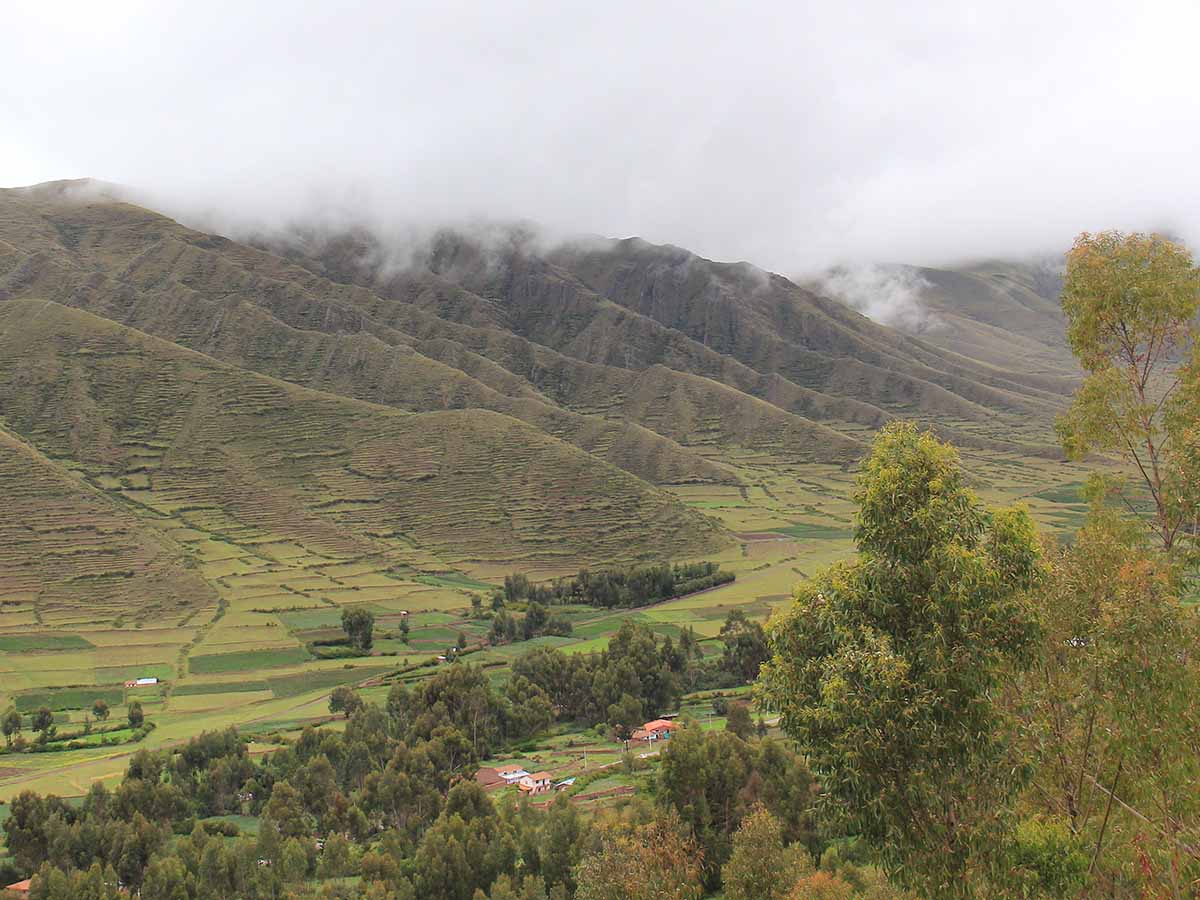
The first poncho? An old blanket with a central opening for the head, nothing more! It was created as protection, as a hug, as a simple and ingenious response to the cold. The poncho radiates poverty and freedom. For centuries, it has accompanied shepherds, farmers, travelers, women, and children: a rectangular fabric that embodies the essence of natural warmth, the dignity and humility of labor. It is a typical garment of Latin American peoples: Mexican, Colombian, Peruvian, Bolivian, Uruguayan ponchos, and so on.
My First Poncho: An Encounter of Love and Colour
When I began working with Peruvian artisans, the poncho was one of the first garments I loved and understood. It was the first garment they offered to make for me. They taught me not only to observe this garment but also to understand the meaning behind every detail: the simplicity of the pattern, the density of the weave, the stitch direction, and the choice of colour. Each thread followed a rhythm; each weave was like a small signature of the person who made it. That’s why, even today, when I hold a poncho in my hands, I don’t see a simple garment: I see the time, patience, wisdom, and love behind every stitch.
The first poncho I bought in Peru was a small, sweet, colourful fabric poncho. I bought it for the little girl who accompanied me on this adventurous journey, my first daughter.
It was so beautiful that I said to myself, “Why not!” I looked around and bought my first traditional Peruvian ponchos, knitted by farmers’ wives from handspun alpaca wool.Today we call it “rustic alpaca.” It’s the most natural wool there is, and because it’s not dyed, the colors aren’t uniform, but have natural shades that make it truly fantastic.
RUSTIC ALPACA WOOL
A silent language that traverses the Andes
Those who wear a poncho today often don’t realize that behind this simplicity lies a long legacy of ancestral gestures. In Andean villages, the poncho is not just a garment, but a language. The colors, patterns, and fineness of the fiber reveal the origin, age, and even the mood of its wearer. It is a garment that speaks without words, and perhaps that is why it has transcended eras and continents, adapting to different cultures without ever losing its authenticity.
From tradition to the creation of LaMamita® ponchos
Over the years, I have learned that the poncho is timeless. There is a poncho that warms a woman’s shoulders and accompanies her every step on cold days, a poncho that clothes a man and speaks of his quiet strength, and a poncho that wraps a child, allowing him the freedom to run unhindered, protected, and light.
It’s a garment that doesn’t constrict, but accompanies. That doesn’t impose, but welcomes. So I said to myself: Why stop there? Why not create different designs? So I started sketching poncho patterns, talking to my artisans, asking questions, designing, and showing them my ideas.
Stylist and artisans of LAMAMITA
Caught up in a shared enthusiasm, we got to work, me with a pencil, them with alpaca wool and paints. The result was wonderful ponchos, in solid colors finished with gorgeous crochet edges, Mexican and Peruvian-style ponchos with refined geometric designs, all typical of Andean culture.ALPACA PONCHOS: TAMARA – MEXICO – ZELDA
Natural fibers and ancient craftsmanship
This is why LaMamita, as my artisans called me, chose to reinterpret the poncho while respecting its origins. For our creations, we use exclusively high-quality natural fibers, such as alpaca wool and baby alpaca, in natural colours or dyed with plant-based dyes, woven by expert hands using the ancestral know-how of the looms.
NATURAL PLANT DYES
Each piece is born from an encounter: a design taking shape, an idea connecting with a tradition. We don’t follow trends, because trends fade, but the poncho endures. We prefer to follow stories: those of the people who invented it and those who wear it today with the same ease.Why you should choose a LaMamita® poncho
- Authenticity: Each poncho is handmade, often one of a kind.
- Natural warmth: Alpaca wool provides excellent insulation without adding weight.
- Durability: A garment that stays beautiful for many seasons.
- Versatility: From boho style to a modern urban look.
- Ethics: Every piece supports Andean craftsmanship and fair trade.
A garment that unites and tells a story
There are ponchos reminiscent of Peru, with geometric patterns evoking the earth and light of the Andes; others are softer and more modern, designed for city dwellers who want to feel authentic. The poncho was born as a unisex garment, but we’ve reinterpreted it and added exquisitely feminine women’s ponchos alongside our unisex models.
And that’s not all: We’ve let our imaginations run wild and created beautiful kids ponchos, because the poncho is an extremely comfortable, warm, and easy-to-wear garment. Of course, you’ll also find men’s ponchos among the unisex poncho models. All models have the same soul: that of a garment that does not separate but unites, warms and protects from the cold.
HANDMADE FOR EVERYONE
Freedom, nature, and gentle resistance – united in a simple poncho
The poncho is not just a symbol of warmth, but a silent sign of freedom. Wearing it means reconciling oneself with nature, with craftsmanship, and the slowness of well-made things. It means making conscious choices – a garment that is durable, repairable, and long-lasting. In a world of fast fashion, it is a gesture of gentle resistance.
Perhaps this is precisely why ponchos have endured for so long: because in a rapidly changing world, the poncho preserves the gentle slowness of those who don’t need to change to feel contemporary. It is natural, warm, practical. It is craftsmanship in the purest sense: It wasn’t created to fill a shelf, but to be worn, lived, and passed on.
The universal meaning of the poncho: mine, yours, ours!
And perhaps that’s precisely the secret of its beauty: the poncho belongs to no one, yet everyone feels that it belongs to them. It’s a universal embrace, a bridge between cultures, a small piece of humanity, woven from soft alpaca wool. I wear it often; it keeps me warm, both at work and on the go, and when I meet someone wearing it, I always think that we share something ancient, something that reminds us of who we truly are: people who have always sought warmth, protection, and beauty in simple things.
Conclusion: A conscious purchase
With a LaMamita® poncho, you are not just wearing a piece of clothing, but a piece of history and Andean craftsmanship.
It is a choice of style and values – a garment that embodies freedom, warmth, and love. 🌿
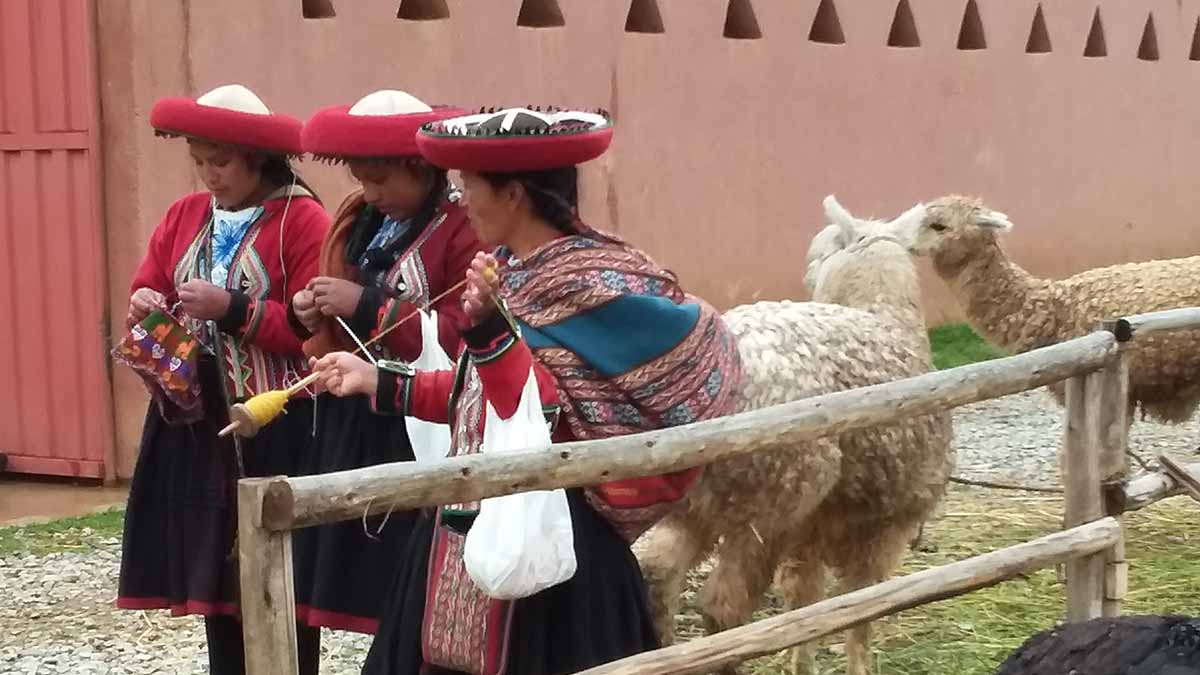
YOU MAY ALSO BE INTERESTED IN
FOLLOW US ON SOCIAL MEDIA

